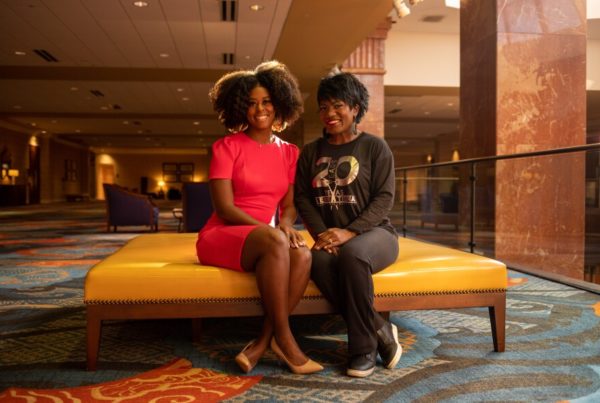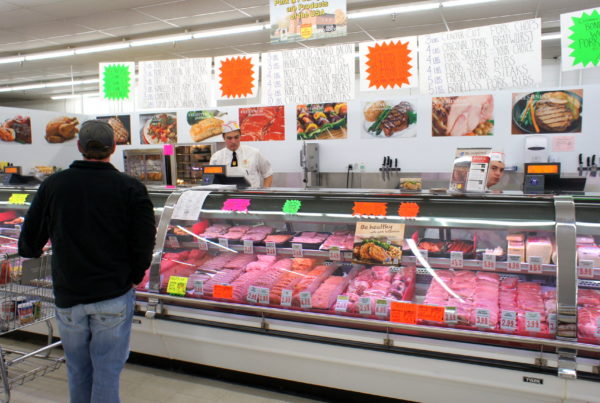Nearly a year after a vaccine first became available, 9 million eligible Texas are still unvaccinated against COVID-19.
Ben Rowen, associate editor of Texas Monthly, argues that’s, in part, because of Texas Gov. Greg Abbott’s multiple executive orders barring local mask and vaccine mandates.
In his latest article for Texas Monthly, Rowen assesses the governor’s COVID-19 response, comparing it to that of other state officials around the country.
Rowen tells Texas Standard that while Abbott’s initial pandemic response allowed for local control, it changed after political pressure from the right.
Listen to the interview above or read the transcript below to learn more.
This interview has been lightly edited for clarity.
Texas Standard: You write that in the beginning, the governor took a hands-off approach that kept Texas ahead of other large states in mitigating cases and deaths. But then you say he tried to appease right-wing Republicans. I think some listeners might say, well, he’s opposed mandates all along.
Ben Rowen: I think if you look at the pandemic, you can sort of break it off into two parts. You’ve got a first half of the story, which extends largely through summer of 2021. During that period, Greg Abbott was reopening businesses more aggressively than pretty much any governor of any other state other than Ron DeSantis in Florida. And to an extent, that was motivated by sort of right-wing critics. But there was a lot of rhyme and reason to how those openings were happening. There was a strike force and medical advisers that were guiding those reopenings. When cases spiked, they were sometimes rolled back at bars. And there was a general principle of letting local officials implement mandates as they saw fit. I think that really changed this summer. The delta variant started running rampant, and Greg Abbott doubled and tripled down on executive orders that restrict the ability of government agencies, businesses receiving state funds and then, most recently, private businesses from requiring their employees or customers receiving their services to be vaccinated.
So that’s the point where you say Abbott switched gears to be more hands on about this? Why?
Rowen: I think you need to take a look at what his primary challengers have been saying – that’s, of course, Don Huffines, the former state senator, and Allen West, the former chair of the GOP in the state. They have been pretty unequivocal that mandates are wrong and have been aggressively speaking against the need for vaccination. I think that Abbott is likely aware of those primary challengers. I know Don Huffines has been taking a celebratory dance after Greg Abbott issued his executive order about private businesses requiring the vaccine, saying that he pushed Abbott right.
In a tweet announcing his Oct. 11 executive order, Gov. Abbott said the COVID-19 vaccine “is safe, effective, & our best defense against the virus, but should always remain voluntary & never forced.” What issue would you take with that? Is it the idea of voluntary vaccinations? He’s at least saying that the vaccine is safe and effective. He’s not going with the conspiracy theories.
Rowen: Right. Greg Abbott received the vaccine. I think the line here is when it comes to requiring the vaccine or even letting others, such as private businesses, require the vaccine. That’s where he’s sort of drawn a line in the sand. Other states – New York, with public health officials – have required the vaccine of certain employees in the state. That’s something that Greg Abbott has not done in Texas. I do not think there’s the political will for those types of mandates. But more than just not issuing mandates on certain employees himself, he has now started signing executive orders stopping other groups: government agencies, businesses receiving state funds or private businesses from requiring vaccines.
The cost of that is that a large chunk – 26% of those over 12 in the state – are eligible to receive the vaccine, but have not received it. A recent medical journal paper found that had Texas’s vaccine rate matched the top 5 states in the country, there would have been 37,500 fewer hospitalizations through the end of August and there would have been 6,300 fewer deaths.














